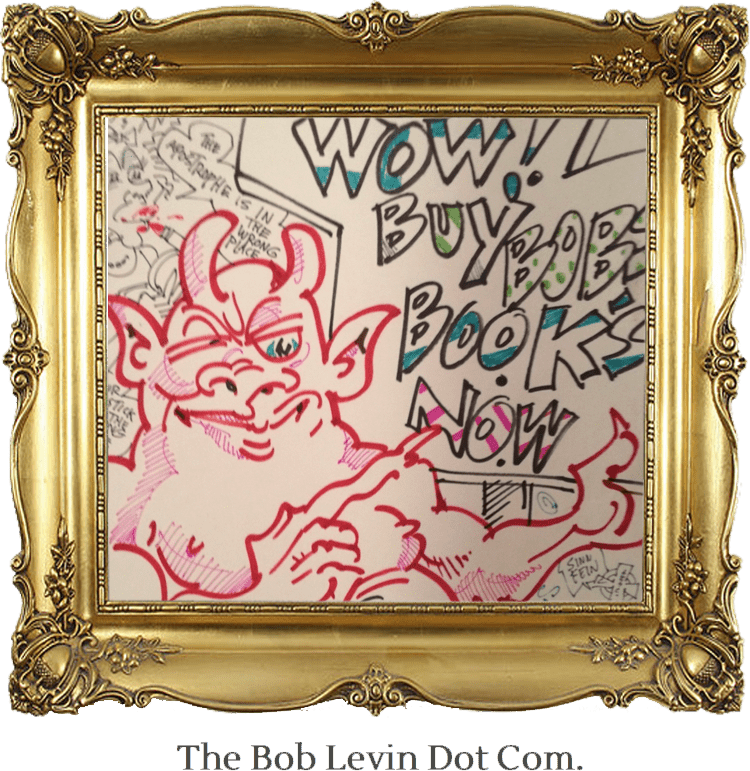Bugliosi actually provides over eighty, but I’m picking the best and indulging in a bit of consolidating.
1. Oswald rented a room in Dallas, and would join his wife and daughter in the house in Irving where they resided on Friday nights. But the day before the assassination, Oswald joined them Thursday instead. He stored his rifle in this house’s garage, but when the FBI visited the following day, the rifle was not there. He had left his wedding ring and most of his money behind though.
2. Oswald told the fellow who drove him to work Friday morning that the long, brown paper-wrapped parcel he was carrying contained curtain rods, though his room already had curtain rods, and no curtain rods were found at the book depository after Oswald left, not carrying his parcel.
3. A rifle that Oswald had mail-ordered and which had been shipped to his PO box, was found on the sixth floor of the book depository, along with three casings of bullets which had been fired from it. Bullets that struck Kennedy had been fired from that rifle.
4. Oswald’s left and right palm prints and an index finger print were found on boxes from which the sixth floor “sniper’s nest” had been built. He was the only warehouse employee placed on the sixth floor near the time of the shooting, and of the 16 warehousemen, only he disappeared following the shooting.
5. Ten people either saw Oswald shoot Officer Tippit or saw him run from the shooting with a pistol in his hand. And two more saw him sneak into the Texas Theater.
6. While in police custody, Oswald refused to take a lie detector test, denied owning a rifle, and said a photograph of him holding a rifle, which his wife said she had taken, had been doctored. And paraffin tests confirmed he had recently fired the revolver.
7. It is hard to keep a secret, and this one would have involved members of the executive branch and Attorney General’s office, the joint chiefs of staff, the CIA, captains of industry, the FBI, Dallas Police Department, Secret Service, and the Warren Commission and its staff. Yet in 52-years not one credible person has come forward to admit participating in the murder or the cover up. Nor has one person said they were approached to participate and declined to do so. And if they were scared into keeping silence, you would expect that, after others who claimed fear had silenced them for five or 30 years, before they went public with their stories and books and went unharmed, you would think one among these still-silent would have been willing to clear their conscience, or save their reputations, if not fill their bank accounts.
Lee Harvey Oswald
Whodunnit xv: The Shootist (b)
Second, it isn’t true Oswald had only 5.6 seconds to fire three shots. The clock did not start to run until the first shot was fired. He had 5.6 seconds to fire two shots. If he had used the telescopic site he had added to the rifle, it would have taken him 2.3 seconds to fire each shot, which gave him ample, if somewhat hurried, time. But, Bugliosi argues, since Oswald was firing rapidly, it would have been more accurate to use the rifle’s iron site, in which case he would have only needed 1.6 seconds between shots. (Additionally, the 1976 House Select Committee on Assassinations’s review of the Zapruder films identified the first shot as having come earlier than originally believed, which meant Oswald had 8.4 seconds, not 5.6, within which to fire his second and third shots.)
The Warren Commission had three experts fire two sets of three shots from Oswald’s rifle, none of whom had ever used it before. All used the scope, and one of the three got both his sets off within 5.6 seconds. In 1967, for a CBS documentary, ten riflemen used a similar rifle to Oswald’s. having had time to practice with it first. They took an average time of 5.6 seconds to fire three shots. Seven fired three rounds within 5.6 seconds. Of these, one hit the “head” target, positioned where Kennedy would have been at the time, once; five others hit it twice. One hit two of three targets in under 5 seconds. Another hit all three in 5.2. In 1979 an HSCA expert hit three out of three targets in under five seconds.
Third, Oswald was no slouch with a rifle, as some conspiracists have maintained. He had qualified as a sharpshooter when in the Marines. (He scored best when rapid-firing.) Kennedy was a barely moving (11 mph) target, only 88-feet from Oswald at his final shot. And, as Bugliosi points out, if you assume Oswald was aiming at Kennedy’s head, he missed twice.
